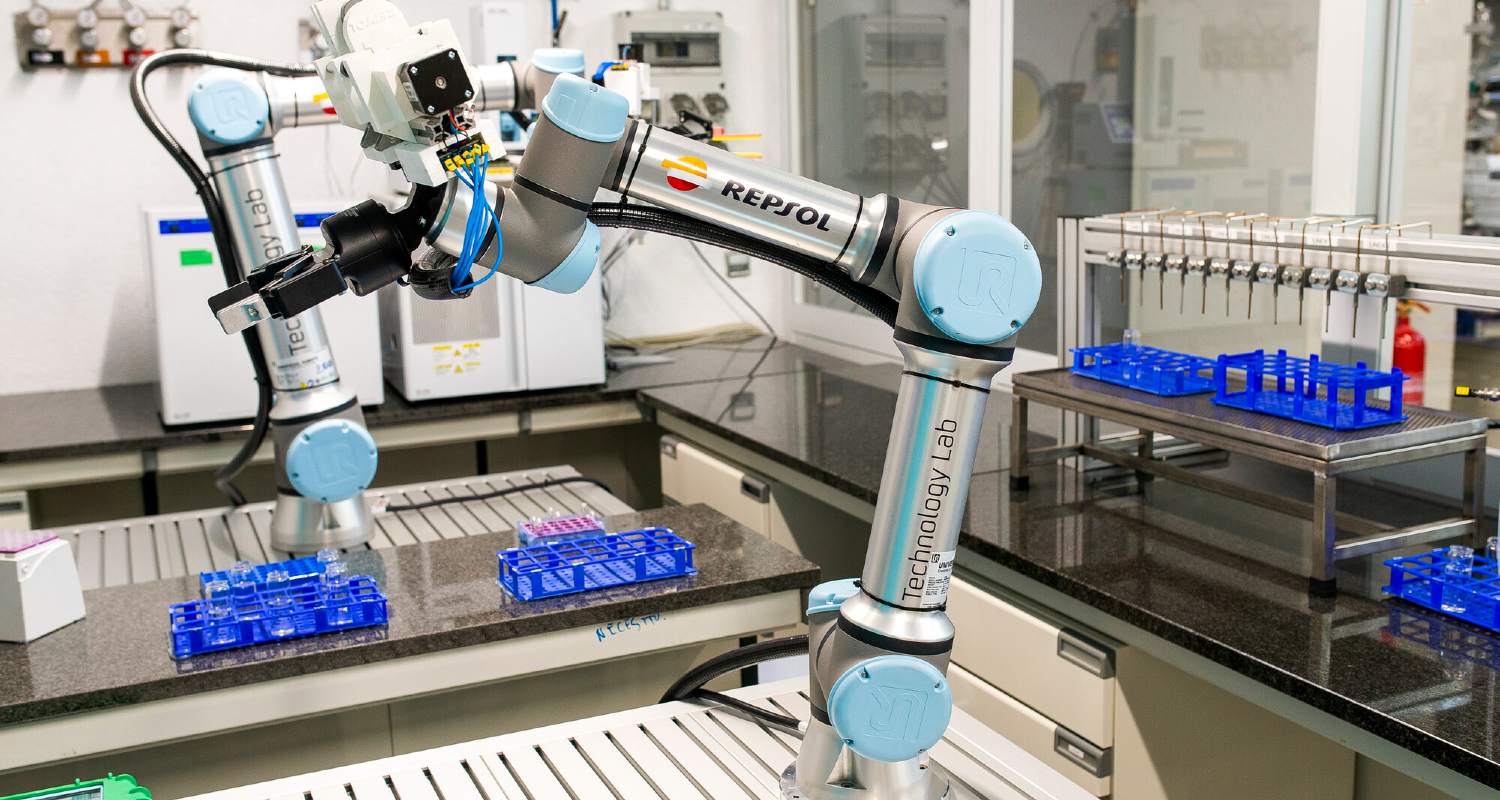Types of innovation according to their technology push
Types of innovation according to their technology push
Innovation can be classified, for example, by their technology push. In other words, these are innovations that result from new technologies for which new possibilities are sought and applied.
Open innovation
Open innovation
It represents a new strategy in which companies cooperate with other agents of society, such as institutions or other professionals, and pursue the best talent to seek new formulas that convert challenges into opportunities.
Closed innovation
Closed innovation
Innovation is carried out exclusively using the company's internal R+D resources and processes. In this case, external sources of information are allowed to be consulted during a certain stage of the process, and then work is done 'behind closed doors'.



